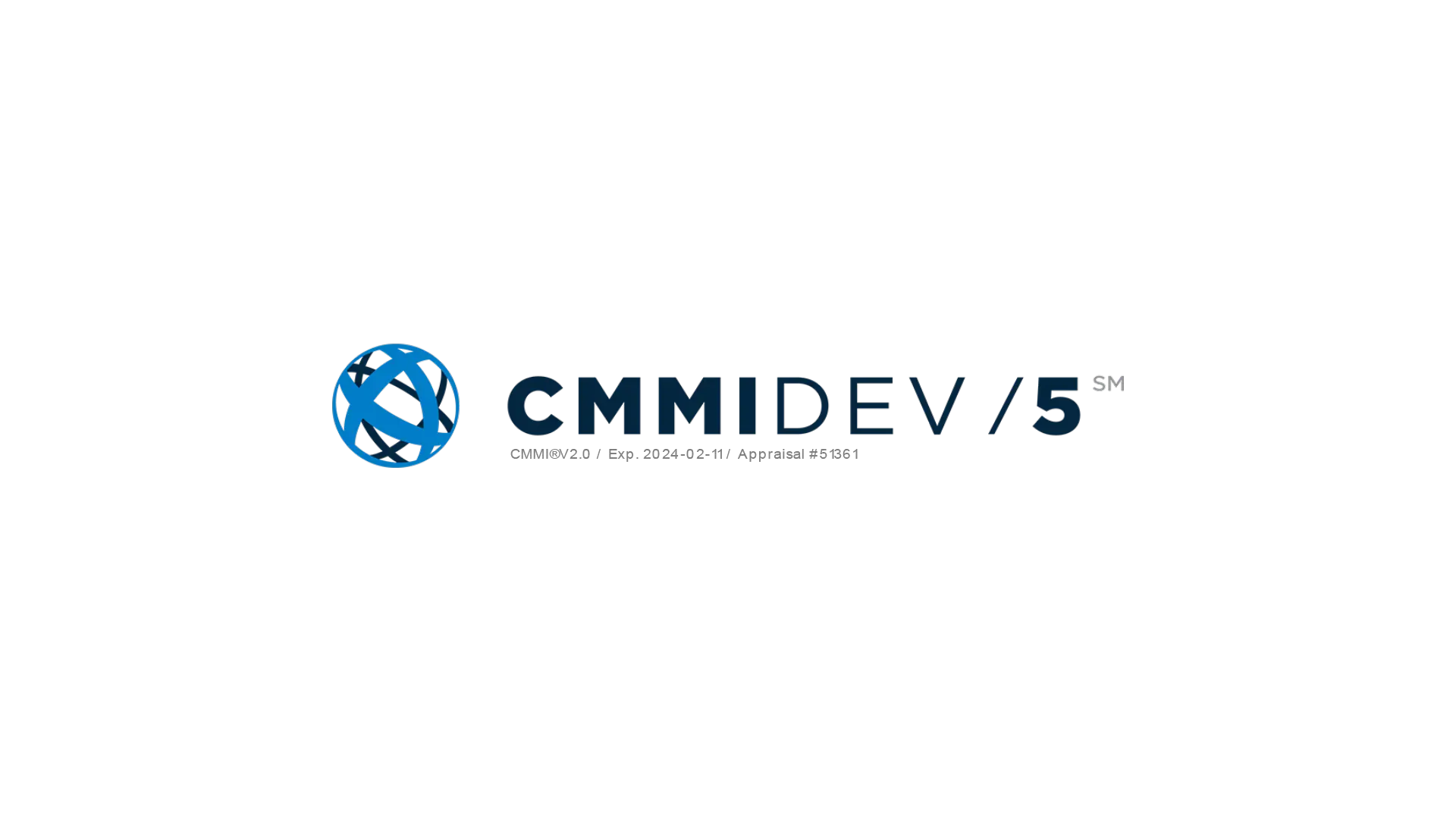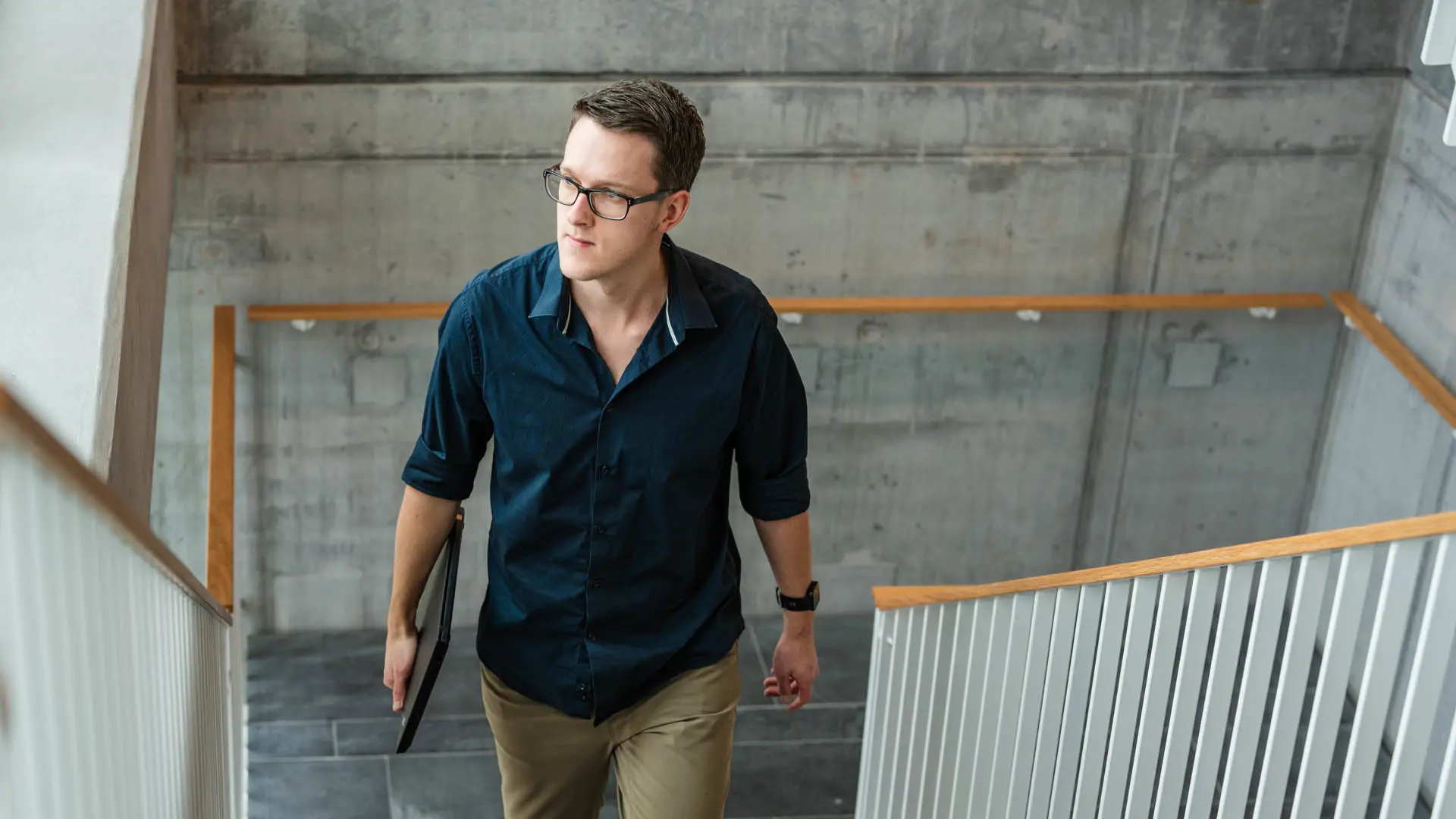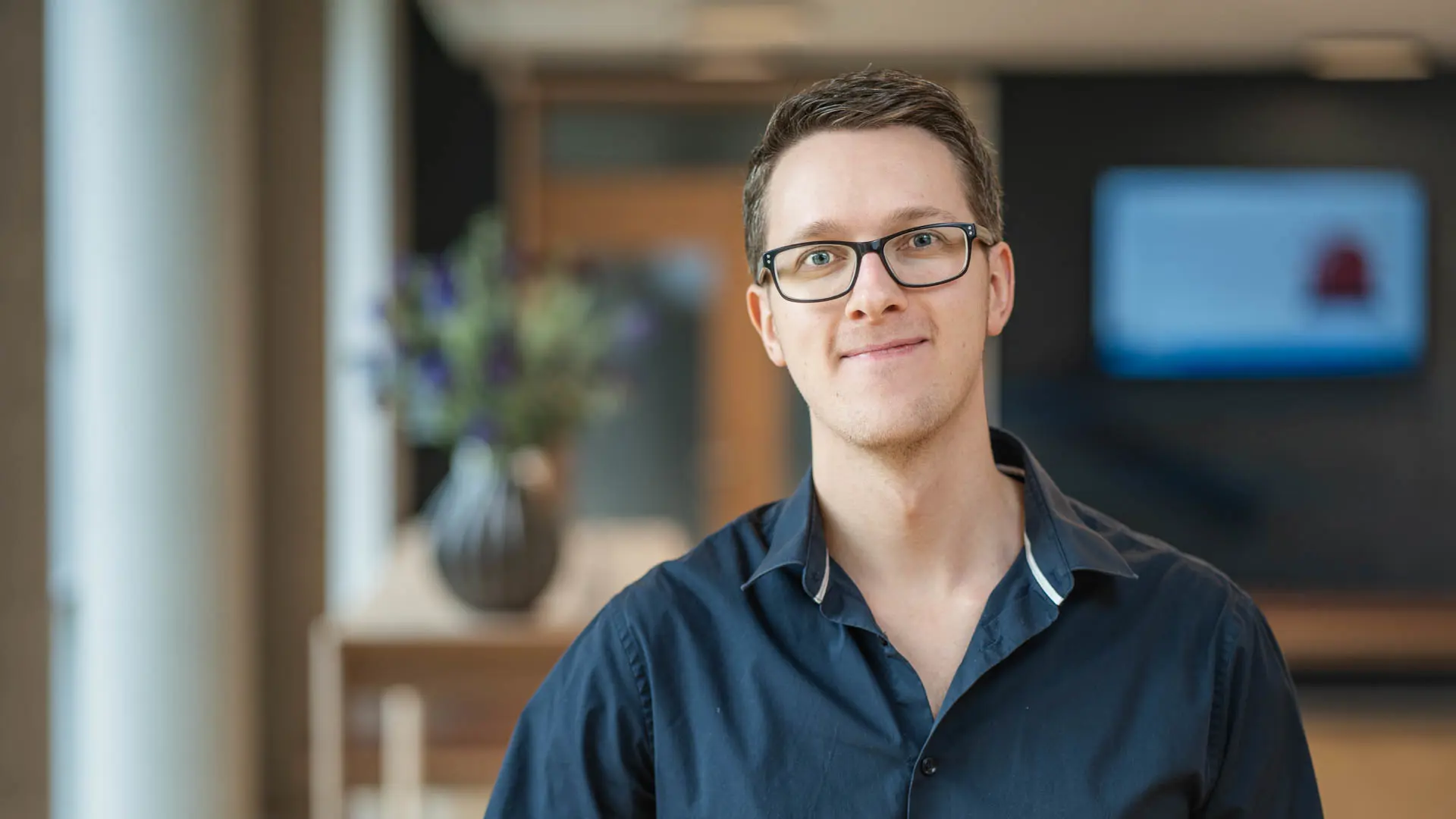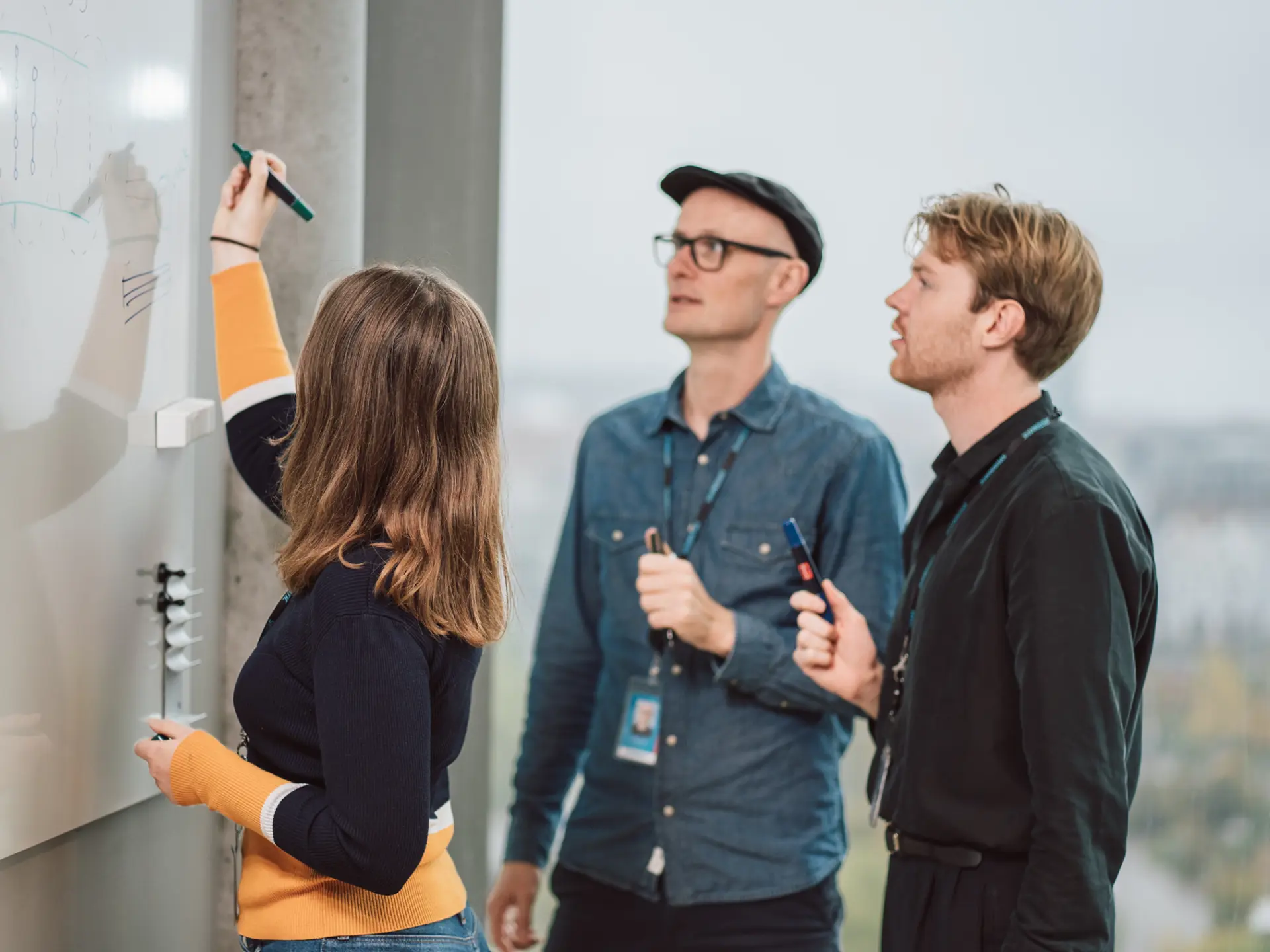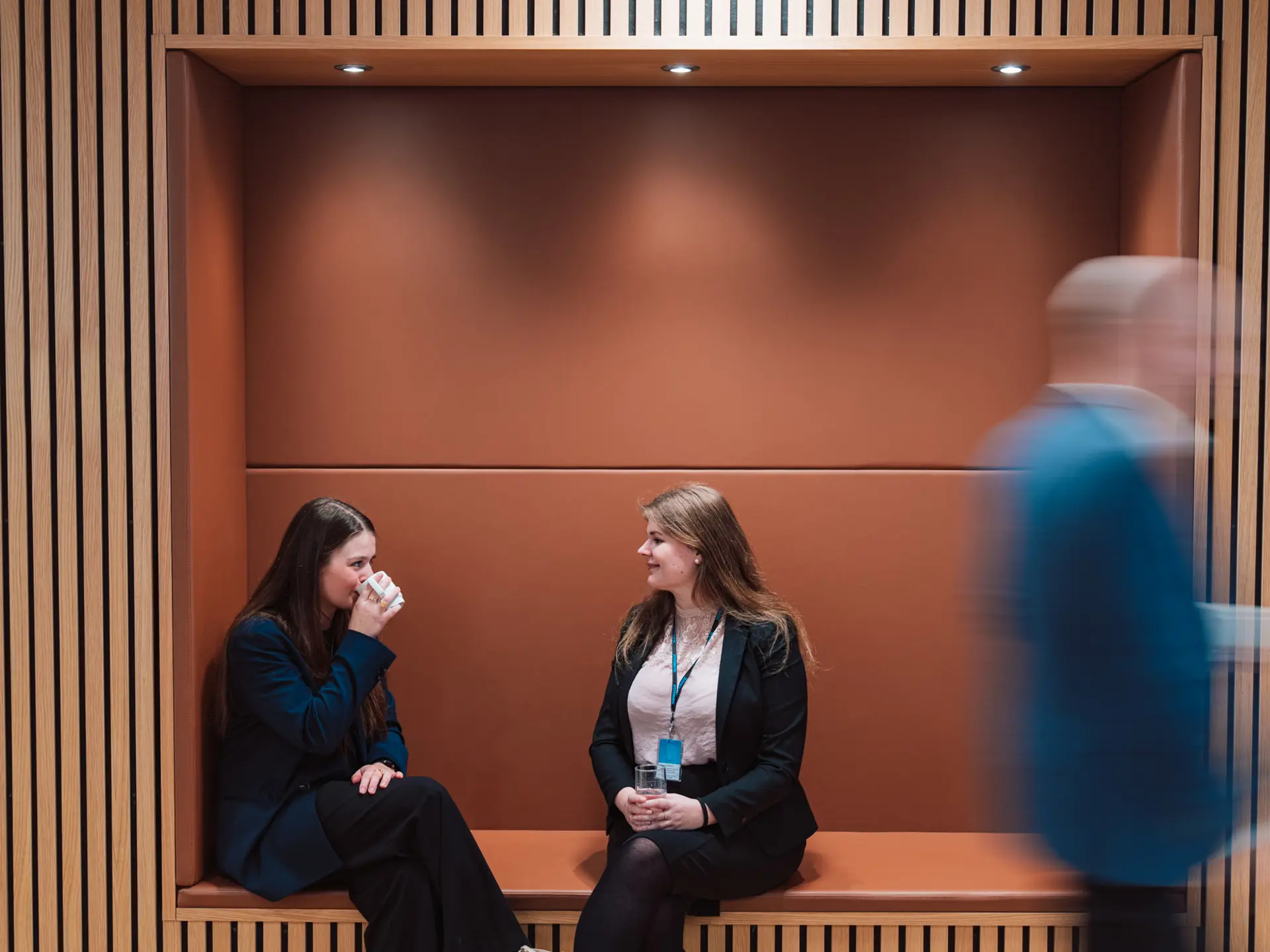At Systematic, our commitment to software development is more than a mere process—it’s embedded in our very name. But what does it truly mean to achieve code excellence? How can we consistently deliver high-quality solutions, meeting customer demands time and time again? In this Tech Byte, we’ll explore the intersection of predictability, responsibility, and code quality.
By: Tobias Rosenkrantz Gundersen, Architect in Defence Services.
The Systematic approach to software development: The best of both worlds
Our software development approach combines the robust principles of CMMI (Capability Maturity Model Integration) and the agility inherent in Lean, Scrum, and modern software development practices. This combination grants a best-of-breed method that strikes a balance between structure and flexibility, empowering us to innovate while upholding unwavering quality standards.
Specialising in developing software solutions for defence and healthcare worldwide, our processes ensure that, although we work on long and complex projects with zero margins for errors, we can deliver high-quality solutions every time, on time, and within budget.
CMMI provides the backbone—a disciplined framework that ensures consistency, process maturity, and organisational alignment. It’s the compass guiding us through complex projects, emphasising predictability and reliability, whereas Agile injects life into our processes. It encourages collaboration, rapid iterations, and responsiveness to change. Our teams adapt, pivot, and thrive in dynamic environments, and therefore Agile complements CMMI, creating a synergy that neither of the approaches could achieve alone.
You could argue that because we have such robust processes, we can allow ourselves to work with more flexibility because our mature processes will ensure that we simply can’t forget to, e.g., test a new feature before it goes into production. This approach also minimises the risk of us having to work overtime or on very stressed deadlines because we constantly track our performance and progress and, in that way, discover any risks in an early stage and perform risk mitigation.
Defining the building blocks of code excellence
- Robust testing strategies
Quality code is forged through rigorous testing. Our comprehensive test suites encompass unit-tests, integration tests, and end-to-end tests—forming the bedrock of our development process. They validate functionality, uncover edge cases, and ensure predictable behaviour. A well-tested codebase instils confidence and minimises unexpected surprises.
- Documentation as a compass
Responsible code is accompanied by comprehensive documentation. Inline comments, API references, and architectural diagrams serve as breadcrumbs guiding future maintainers. Documentation isn’t an afterthought; it’s a legacy meticulously crafted for those who follow, ensuring seamless continuity in development and maintenance efforts. - Continuous learning and improvement
Predictability and responsibility flourish with knowledge. Our developers maintain a spirit of curiosity, actively engaging in continuous learning through conferences, research papers, and healthy debates. This commitment to ongoing learning fuels innovation, which in turn drives code excellence, ensuring we remain at the forefront of technological advancements.
The Architect's Perspective
As an Architect in the Defence Services team, I’m involved in the development of both bespoke and off-the-shelf solutions for defence forces, where I help define the technical directions for bespoke development and integrations of the SitaWare suite of products. Working with Defence has been a deliberate choice for me, as security and quality are a must in this unique domain, and I get to be challenged technically every day, all the while working on long-sighted solutions that truly make a difference. It gives me great pride and a sense of accomplishment to know that the excellent code I help deliver and integrate with the customers exceeds expectations and stands the test of time thanks to our focus on predictability and responsibility.

